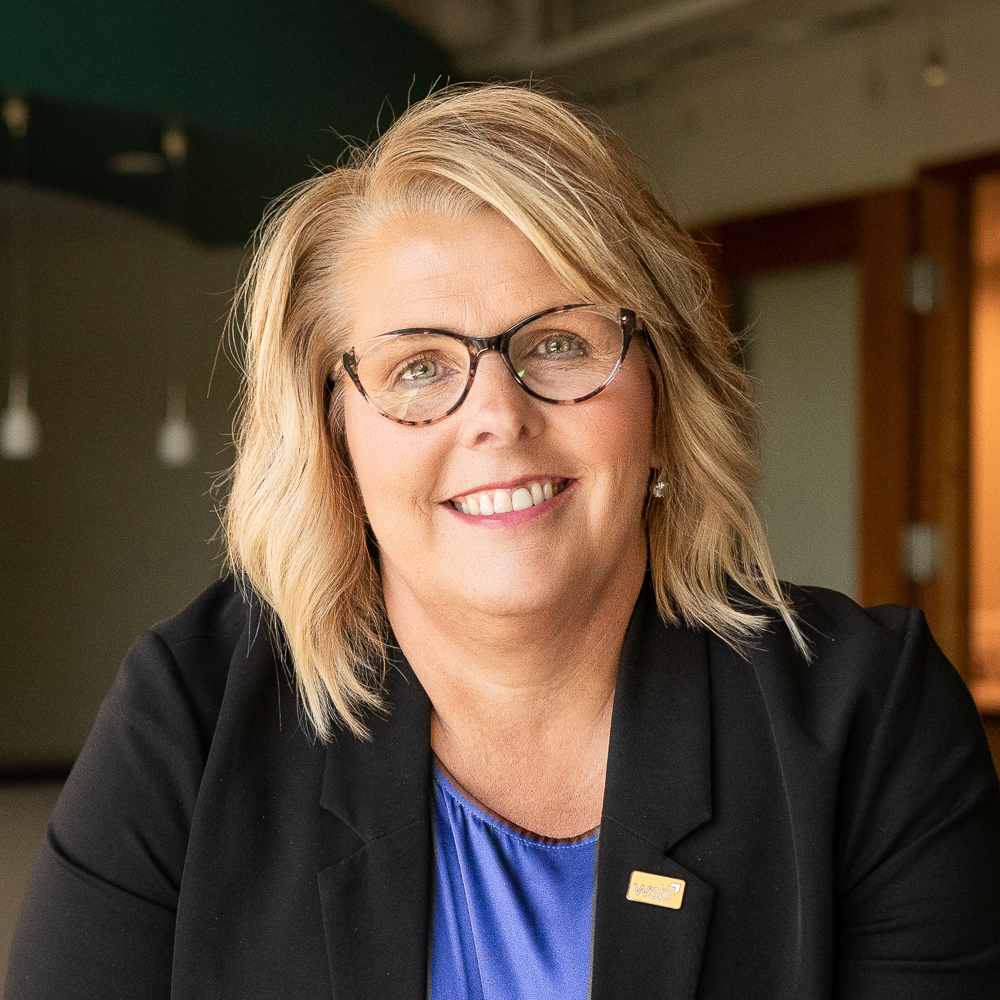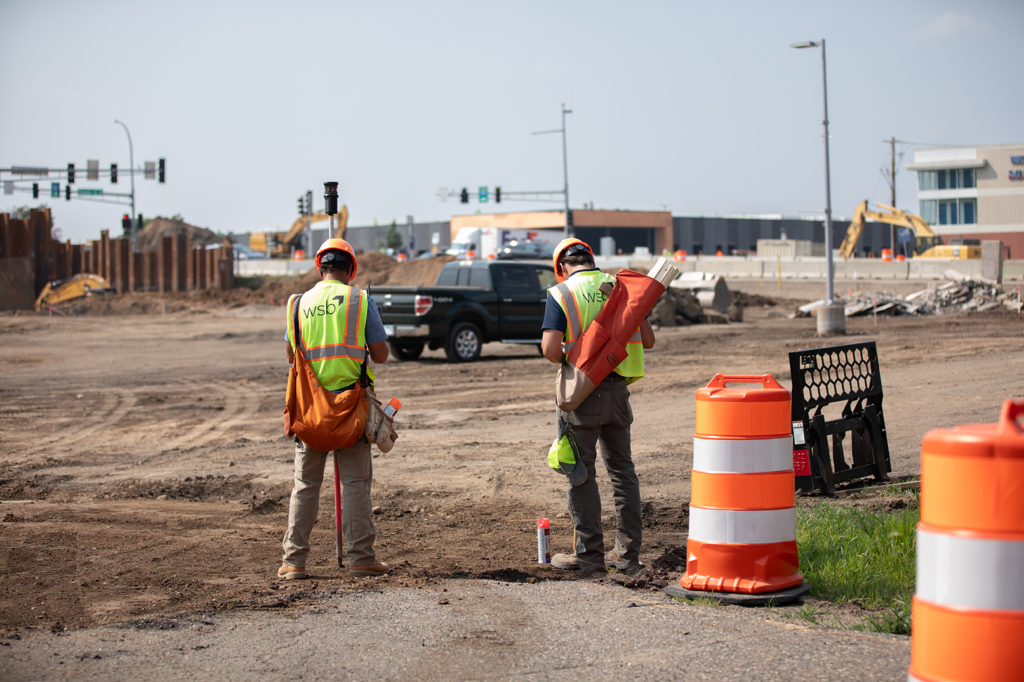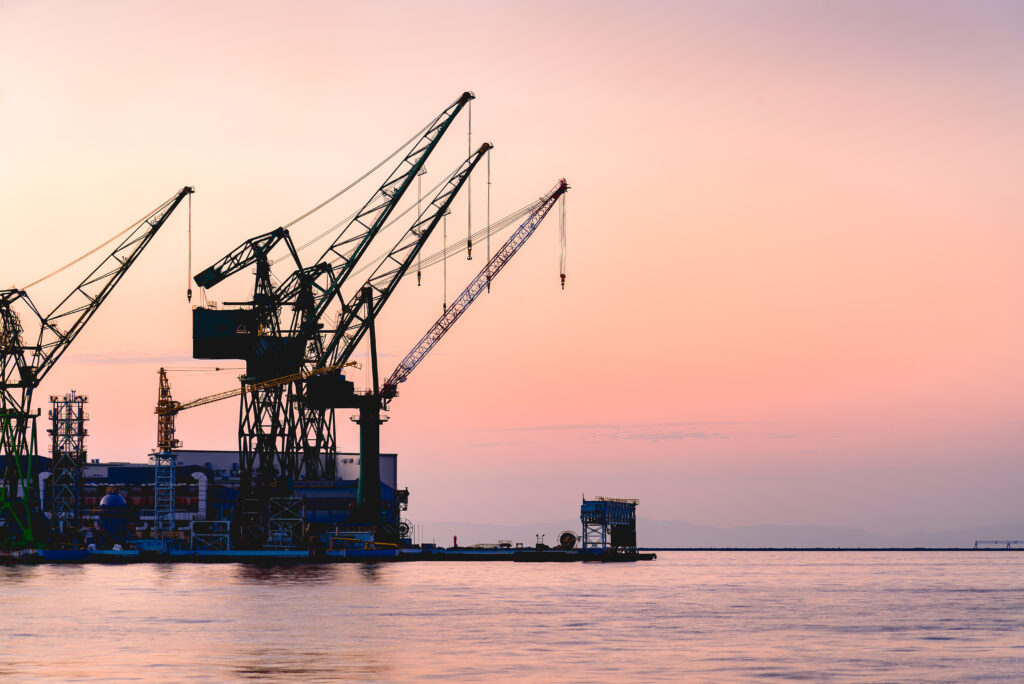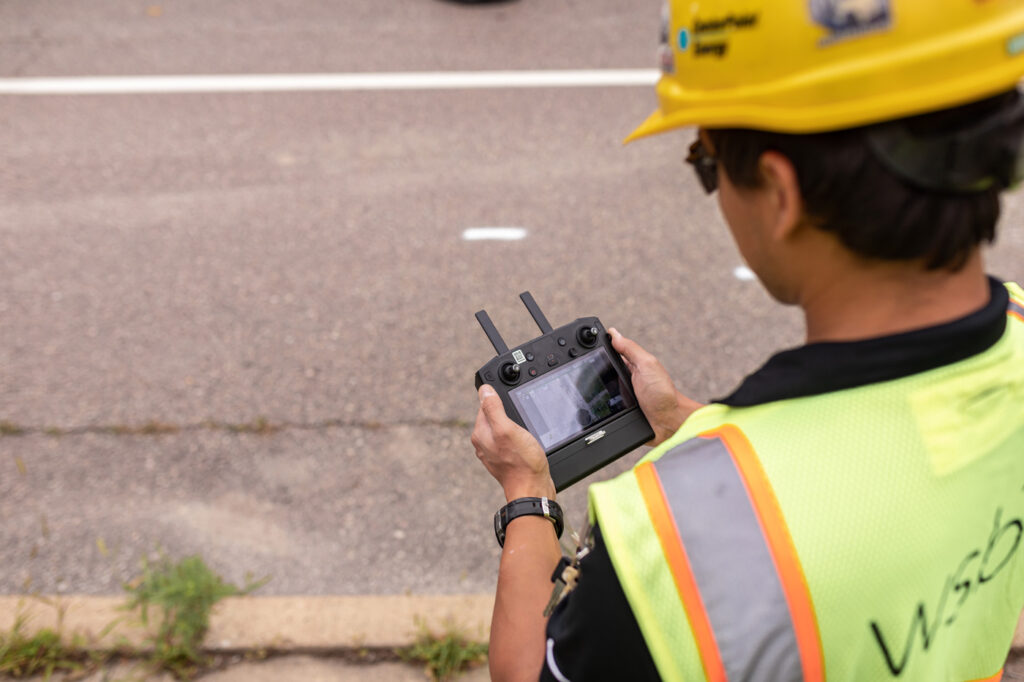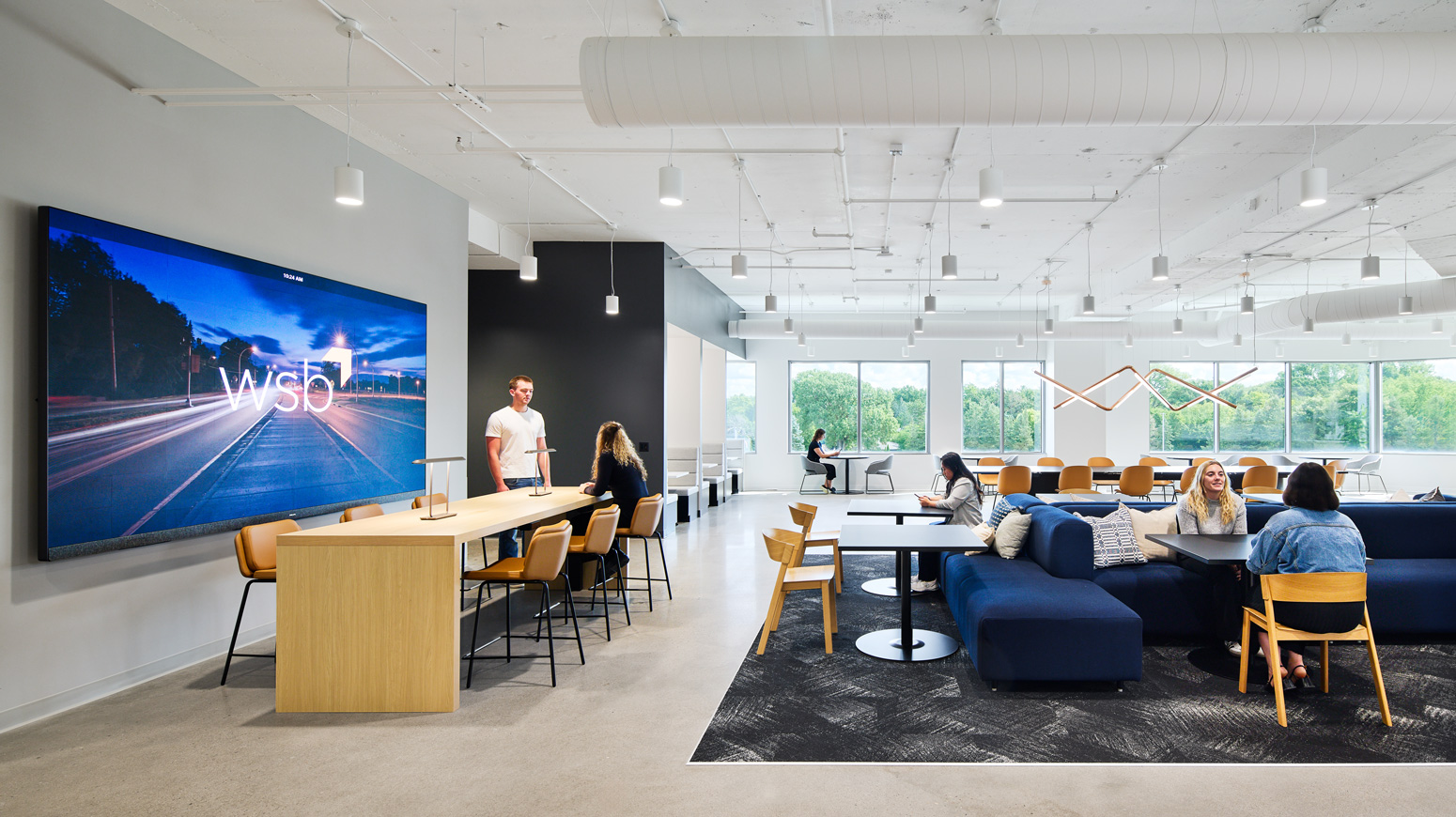By Lori Johnson, Sr Professional Community Planner, WSB
Communities within the seven-county metro area may feel like their 2040 Comprehensive Plans were just adopted and approved by the Metropolitan Council (MC), but the reality is the deadline for their 2050 Comprehensive Plans is just a few short years away. Updating a comprehensive plan is a massive endeavor for some communities and it takes years of preparation. The Metropolitan Council has set the deadline for updating 2050 Comprehensive Plans for September 2028, so it is imperative to begin strategizing now.
The MC has developed a regional development guide titled, Imagine 2050, to help cities understand the goals of the Council during the next round of comprehensive plan updates, Imagine 2050 – Metropolitan Council. In September 2025, the Council will release System Statements to each jurisdiction. These statements, mandated by state law, are designed to assist communities in their upcoming comprehensive plan updates. The information provided by the Met Council will include crucial statistics such as projected population, households, and employment figures.
This article offers guidance on preparing for these updates, including budgeting for external assistance and meeting new requirements.
Forecasts and Community Designations
Understanding the future demographics and designations of your community is a foundational step in the planning process. Accurate forecasts can help predict growth patterns, housing needs, and infrastructure demands, which are essential for effective land use planning.
Existing Land Use
A thorough analysis of existing land use provides insights into current zoning, development patterns, and community needs. This step lays the groundwork for planning future land use and identifying areas that require attention or change.
Future Land Use
Strategic future land use planning ensures that the community evolves in a sustainable and organized manner. This involves designating areas for residential, commercial, industrial, and recreational use, considering factors like population growth and environmental impact.
Staged Development Areas
Planning for staged development areas involves mapping out the phases of future development to ensure orderly growth. This approach prevents overdevelopment and ensures that infrastructure and services are expanded in a manageable and sustainable manner.
Climate and Natural Systems
Statewide Targets for Greenhouse Gas Reductions — New this year
City leaders must acknowledge statewide targets for Greenhouse Gas (GHG) reductions, which aim for a 50% reduction by 2030 and net zero by 2050 from a 2005 baseline. These targets are pivotal in shaping policies and initiatives for climate action.
Greenhouse Gas Emissions Inventory — New this year
A new requirement for this planning cycle is the inclusion of a greenhouse gas emissions inventory. This inventory must encompass transportation, energy use, solid waste, and livestock and agriculture, if applicable. It provides a comprehensive view of the community’s carbon footprint and informs strategies for reduction.
Transportation
Transportation planning is integral to comprehensive plans. It includes evaluating current transportation systems, identifying areas for improvement, and planning for future needs. This ensures that the community remains accessible and connected.
Considerations for City Leaders
In-House vs. Consultant Assistance
City leaders must decide whether to undertake this extensive planning process in-house or hire a consultant. While in-house teams may offer familiarity with local issues, consultants bring specialized expertise, efficient workflows, and project management skills, easing the burden on city staff for such a time-consuming project.
Budgeting for the Future
It is crucial to budget for this effort early. If hiring a consultant, cities should consider the cost implications and amend future budgets accordingly. Planning for this expenditure now ensures that funds are available when needed and the project progresses smoothly.
Looking Ahead
Look out for System Statements and other documents from the Met Council, which will be available this fall. These resources will offer essential information that must be incorporated into comprehensive plans, helping city leaders through the process.
By September 2028, every jurisdiction must submit their updated plans to the Metropolitan Council for review and approval. It’s crucial to note that any changes to current comprehensive plans will not be accepted by the Met Council after this 2028 deadline. Inform potential developers of this requirement to guide development strategies proactively.
Preparing for Comprehensive Plan updates is a multifaceted task that requires strategic foresight and meticulous planning. By considering land use, climate action, transportation, and budgeting for assistance, city leaders can ensure that their plans are comprehensive, sustainable, and aligned with statewide goals. Starting the preparation now sets the stage for successful plan updates by September 2028.
WSB is uniquely positioned to assist city leaders in navigating the complexities of comprehensive community planning. With our specialized expertise, efficient workflows, and robust project management skills, we can streamline the entire planning process, ensuring that all necessary components are addressed. By partnering with WSB, cities can confidently move forward, knowing that their community plans will be comprehensive, sustainable, and aligned with long-term goals, keeping their communities thriving and resilient for years to come.

